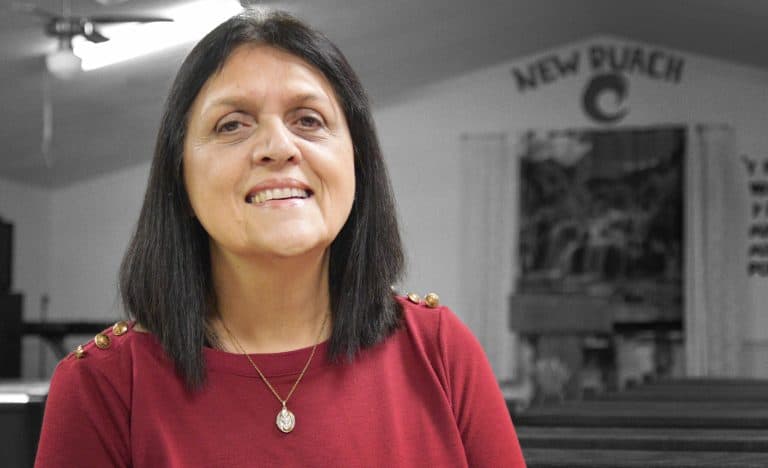New Warehouse Management Software Improves Capacity to Serve
In an effort to integrate our financial and operational activities into one platform that improves reporting and data analysis, the Greater Baton Rouge Food Bank has migrated to a new cloud based warehouse management system with custom functions engineered specifically for the food bank industry. This new data management system will allow us to automate processes and realize operational efficiencies that will help us move more food in and out of our warehouse than ever before, thus reaching more families in need across our 11-parish service area.
“The name of the game is efficiency,” said Seth Hatsfelt, Chief Operations Officer of the Greater Baton Rouge Food Bank. “Our original warehouse system allowed us to manage products but that was the extent of its capacity. This new software system gives us much more visibility and allows us to manage everything from products, to demand, to forecasting, to managing restrictions, to measuring pounds per agency, all the way through to frontline distribution to the clients.”
This new AGI software platform integrated with NetSuite, delivers improvements in several key areas of the Food Bank operations including accounting practices, transportation, order processing, warehouse operations, nutrition, and reporting.
When it comes to operational benefits, food orders for agencies can be automated including all USDA restrictions that may need to be part of that agency order. Picked food orders are also more accurate per agency to make sure there is no waste in matching the order to the pounds needed per client for that front-line location. Automated truck schedules allow the team to work weeks out instead of days out which increases visibility to future needs and planning, and on-dock validation against received purchase orders drives down receiving data errors.
“This is a game changer for reducing our overall operational costs,” stated Hatsfelt. “Any cost savings we can gain through efficiencies in turn frees up dollars that we can use to purchase and distribute more food to more people in need. As we become more efficient in operations, we can then grow the number of our front-line member agencies and reach more people. That’s what it’s all about – reducing our costs and feeding more people.”
Another key benefit is that the system also allows for incoming food donations to be ranked by level of nutrition, a key priority for the Food Bank in trying to provide healthy food options for those in need.
“This system provides a ton of real-time data, and it positions our team to be more successful,” said Hatsfelt. “The automation and reporting tools help us significantly reduce waste and provides the needed capacity to serve more of our neighbors in need.”

